The default api controller route configuration is the cause of this issue. When we add the API controller in the ASP.NET Core API application, by default it has controller-specific routes, which means it can support only a single method for each of the HTTP verbs Post, PUT, Delete, GET, and Patch.
There may be a requirement when we need to create more than one method having the Http verbs Post, PUT, Delete, GET, and Patch in a single controller, and if you create the method with the default route configuration, then you will get the following error while loading the Swagger UI.
The solution is that you have to change the default route configuration at the controller level when you have created more than one method with the HTTP verbs "post," "put," and "get." Delete or Put in the single API controller class.
Consider the following example: I have created the ASP.NET Core API application, which has by default one Get method, GetWeatherForecast, which returns the WeatherForecast. Then I have added one more Get method named WeatherForecastByCity in the default API Controller class without modifying the default route.
[ApiController]
[Route("[controller]")]
public class WeatherForecastController : ControllerBase
{
private static readonly string[] Summaries = new[]
{
"Freezing", "Bracing", "Chilly", "Cool", "Mild", "Warm", "Balmy", "Hot", "Sweltering", "Scorching"
};
private readonly ILogger<WeatherForecastController> _logger;
public WeatherForecastController(ILogger<WeatherForecastController> logger)
{
_logger = logger;
}
[HttpGet(Name = "GetWeatherForecast")]
public IEnumerable<WeatherForecast> Get()
{
return Enumerable.Range(1, 5).Select(index => new WeatherForecast
{
Date = DateTime.Now.AddDays(index),
TemperatureC = Random.Shared.Next(-20, 55),
Summary = Summaries[Random.Shared.Next(Summaries.Length)]
})
.ToArray();
}
[HttpGet(Name = "WeatherForecastByCity")]
public IEnumerable<WeatherForecast> Get(string city)
{
return Enumerable.Range(1, 5).Select(index => new WeatherForecast
{
Date = DateTime.Now.AddDays(index),
TemperatureC = Random.Shared.Next(-20, 55),
Summary = Summaries[Random.Shared.Next(Summaries.Length)]
})
.ToArray();
}
}
When we have run the application, we will get the Swagger loading error,
Now change the default route at controller level which can support more than one method having the Http verbs Post, PUT, Delete, GET, and Patch in a single controller.
[Route("api/[controller]/[action]")]
Also, remove the name of the method from the HTTP verb, which is defined using the Name attribute; just define the HTTP verb and proper method name.
Change from
[HttpGet(Name = "GetWeatherForecast")]
public IEnumerable<WeatherForecast> Get()
{
return Enumerable.Range(1, 5).Select(index => new WeatherForecast
{
Date = DateTime.Now.AddDays(index),
TemperatureC = Random.Shared.Next(-20, 55),
Summary = Summaries[Random.Shared.Next(Summaries.Length)]
})
.ToArray();
}
To
[HttpGet]
public IEnumerable<WeatherForecast> GetWeatherForecast()
{
return Enumerable.Range(1, 5).Select(index => new WeatherForecast
{
Date = DateTime.Now.AddDays(index),
TemperatureC = Random.Shared.Next(-20, 55),
Summary = Summaries[Random.Shared.Next(Summaries.Length)]
})
.ToArray();
}
Full Code
[ApiController]
[Route("api/[controller]/[action]")]
public class WeatherForecastController : ControllerBase
{
private static readonly string[] Summaries = new[]
{
"Freezing", "Bracing", "Chilly", "Cool", "Mild", "Warm", "Balmy", "Hot", "Sweltering", "Scorching"
};
private readonly ILogger<WeatherForecastController> _logger;
public WeatherForecastController(ILogger<WeatherForecastController> logger)
{
_logger = logger;
}
[HttpGet]
public IEnumerable<WeatherForecast> GetWeatherForecast()
{
return Enumerable.Range(1, 5).Select(index => new WeatherForecast
{
Date = DateTime.Now.AddDays(index),
TemperatureC = Random.Shared.Next(-20, 55),
Summary = Summaries[Random.Shared.Next(Summaries.Length)]
})
.ToArray();
}
[HttpGet]
public IEnumerable<WeatherForecast> WeatherForecastByCity(string city)
{
return Enumerable.Range(1, 5).Select(index => new WeatherForecast
{
Date = DateTime.Now.AddDays(index),
TemperatureC = Random.Shared.Next(-20, 55),
Summary = Summaries[Random.Shared.Next(Summaries.Length)]
})
.ToArray();
}
}
Now, run the application again after changing the default route, and you will see swagger loads without any issue.

